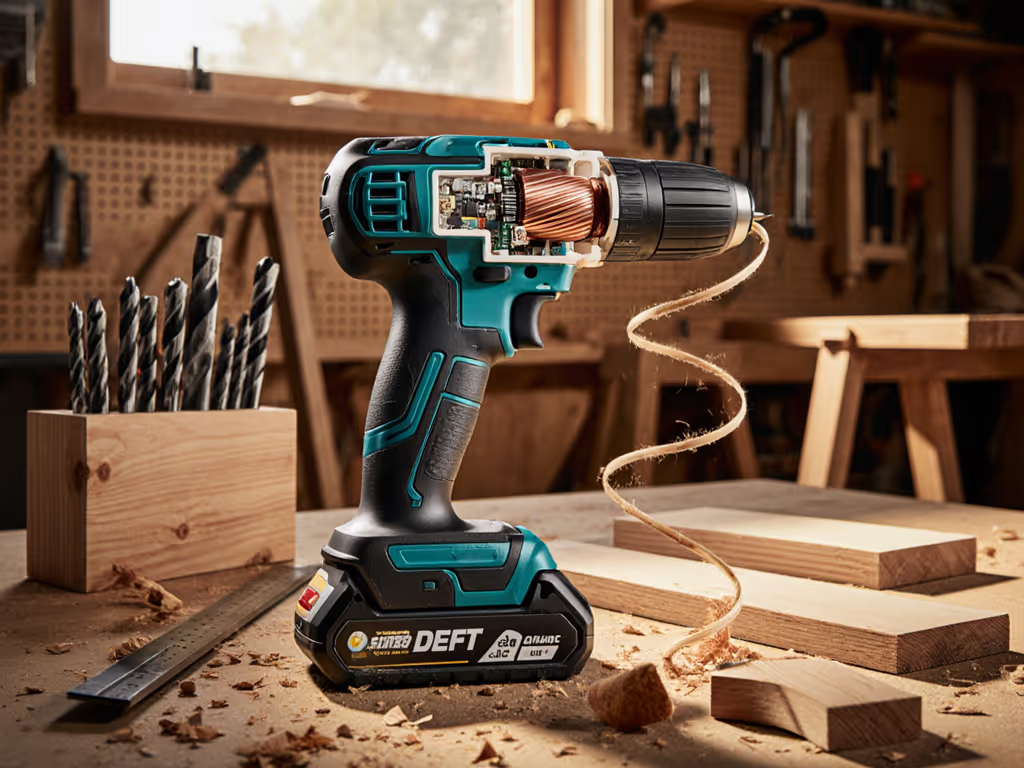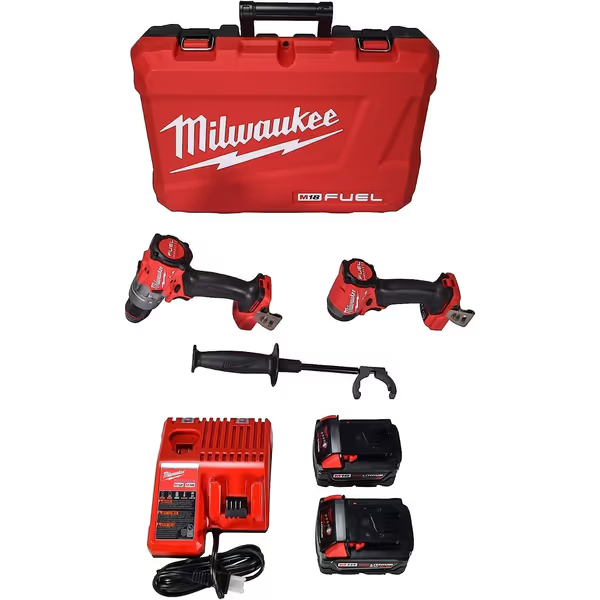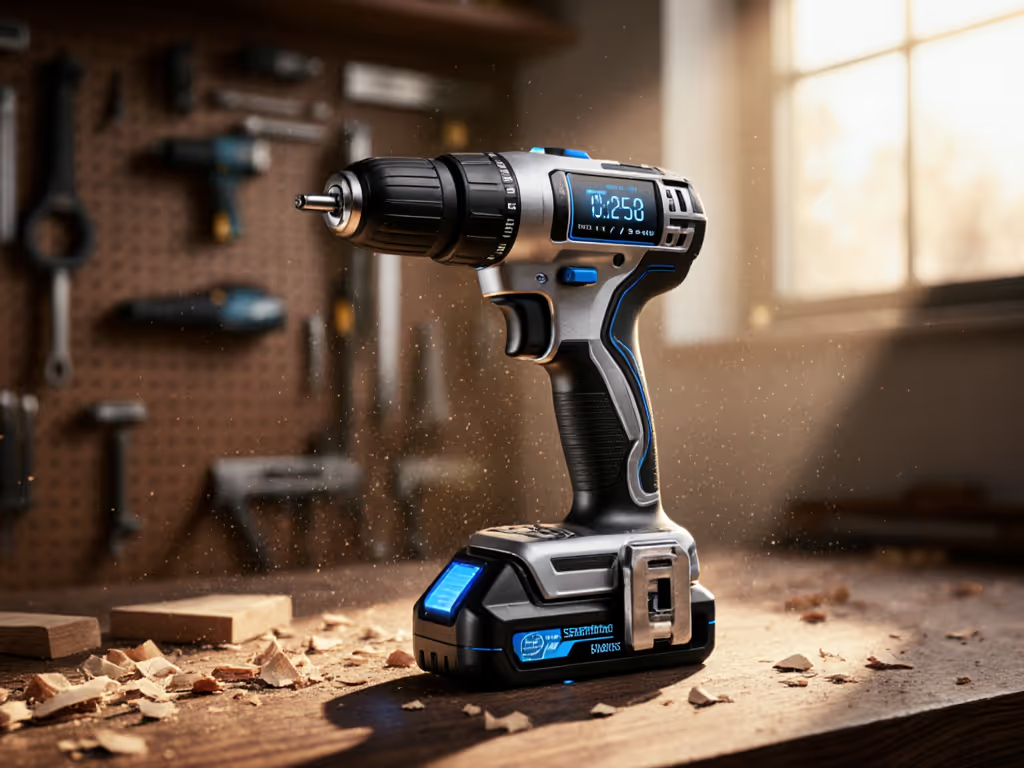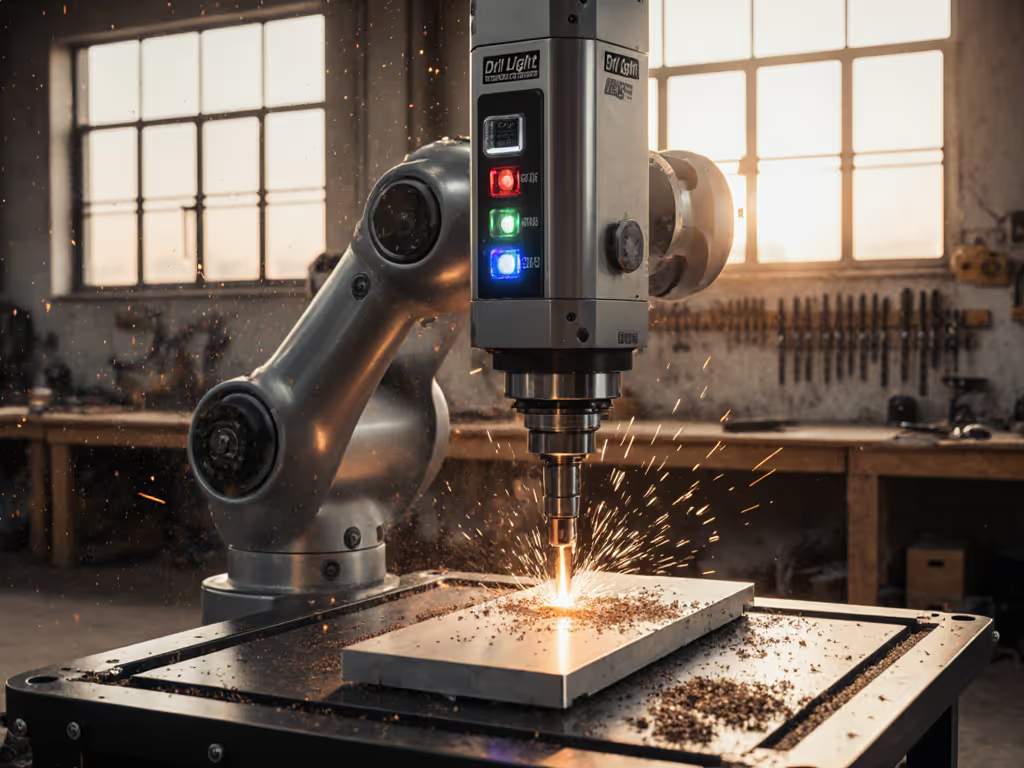
Brushless Drills: Real Work Efficiency Explained

Ever feel that sinking moment when your drill bogs down mid-screw, stripping yet another hole? You're not alone. That's why understanding brushless motor technology isn't just engineering trivia, it's your ticket to smoother projects and fewer headaches. When that drill keeps humming steadily while driving 3-inch lags into pressure-treated wood, you'll know brushless drill efficiency isn't marketing fluff. Let's cut through the spec-sheet noise and focus on what actually matters for your next deck build or cabinet install.
Why Brushless Motors = Fewer Stripped Screws (and More Confidence)
Remember that neighbor who quit DIY after ruining a bookshelf? They were using a brushed drill with worn brushes, causing inconsistent power delivery. Brushless motors solve this at the core. Here's the brushless vs brushed science simplified:
- Brushed drills use physical carbon brushes rubbing against a commutator to flip electrical current. This creates friction, heat, and inconsistent power, especially when you need torque most (like starting a screw in hardwood).
- Brushless drills replace brushes with an electronic controller. Sensors detect rotor position 10,000+ times/second, precisely timing current to stator coils. No physical contact = no friction-induced power drops.
The magic happens when you feel the clutch engage consistently, every time, not just when the brushes aren't worn down.
This isn't just theory. On a recent job, driving 50 cabinet screws into oak, a brushed drill's RPM dropped 35% by screw #40 due to heat buildup. A brushless model maintained near-constant speed. Why? Motor efficiency explained: Brushless motors convert 85-90% of battery energy into motion (vs. 75-80% for brushed). That extra 10-15% efficiency means fewer battery swaps and predictable performance under load, exactly what you need when mounting granite countertops.
"But I Just Need a Drill: Why Should I Care?"
You don't need an engineering degree, just three practical takeaways:
- Runtime isn't just about battery size (Ah). A brushless drill's efficiency lets a 4.0Ah battery outperform a brushed 5.0Ah pack in real drilling tasks. Translation: Fewer trips to the charger during a door-hanging marathon. If runtime is your bottleneck, our battery kits guide compares capacities, chargers, and costs so you stop guessing.
- Heat kills productivity. Brushed motors waste energy as heat, triggering thermal throttling. That "sudden slowdown" you feel? It's your drill protecting itself. Brushless runs cooler, sustaining power through back-to-back 2x4 drilling.
- Consistency beats peak torque. A 500-in-lb brushed drill might advertise high torque but deliver inconsistent starts due to brush bounce. Brushless delivers its rated torque smoothly, critical for avoiding cam-out on delicate finishes.

Milwaukee M18 Fuel 2-Tool Combo Kit
Debunking the "More Torque = Better" Myth
Trade pros know: You rarely need max torque. What you do need is controlled force. That's where brushless shines:
- The clutch performs better. Without brush-induced power spikes, brushless drills let mechanical clutches engage consistently. When setting the clutch for #8 screws in plywood, you'll get clean drives every time, not 7 successes followed by a stripped head.
- No-load RPM ≠ real-world speed. A brushed drill might spin fast when empty but slow dramatically under load. Brushless maintains speed closer to specs because efficiency stays high. Watch a demonstration: Both drills start at 2,000 RPM, but under load, the brushed drops to 1,200 RPM while brushless holds 1,800 RPM.
As one electrician told me: "I used to carry two drills, one for delicate work, one for heavy duty. Now my brushless handles both because I trust the clutch." For truly stubborn fasteners and lag bolts, our drill vs impact driver guide explains when to switch tools.
Choosing Your First Brushless Drill: Project Drives the Pick
Don't get hypnotized by "brushless" labels. Some budget models add minimal value. See our best value brushless drill kits to find models that actually earn their premium. Focus on your next three projects:
| Project Type | Ideal Brushless Drill Features | Why It Matters |
|---|---|---|
| Cabinet installation | Compact (5-6" head), 200-300 in-lb torque, LED light | Fits inside cabinets; consistent clutch prevents screw blowouts on face frames |
| Deck framing | 450+ in-lb torque, belt clip, ergonomic grip | Drives 3" lags without fatigue; survives all-day sun exposure |
| Electrical boxes | Right-angle head option, 1,800+ RPM | Reaches behind studs; installs screws before your wrist screams |
My neighbor's breakthrough? Matching a compact brushless drill to their cabinetry project, not buying "the most powerful." We dialed the clutch to 10, used sharp bits, and practiced on scrap. Three successful anchors later, they were fixing loose handrails before lunch. Confidence comes from small wins with the right setup.
Your Next Step: Beyond the Hype
Brushless drills aren't magic, they're enablers. They turn battery energy into reliable motion so you can focus on the work, not wrestling your tool. When shopping:
- Ignore peak torque claims. Look for "sustained torque under load" in independent tests.
- Prioritize clutch feel. A good clutch should click smoothly at low settings (try it on display models).
- Check the warranty. Reputable brands cover the electronics (not just the motor windings).
Remember: Start with the project, then match the drill and batteries. A $150 brushless drill that fits your cabinet job beats a $400 beast that's too bulky for tight spaces.
Project drives the pick, today's success builds tomorrow's skills. What's your next small win? Share your drill triumphs (or frustrations) below; I'll help troubleshoot your setup. Ready to go deeper? Check our drill bit selection guide for maximizing that brushless efficiency.
Related Articles





History of Power Drills: How Innovations Fought Fatigue
Learn how breakthroughs - from pistol grips to lithium-ion and vibration damping - shifted drills from raw power to balanced ergonomics that fight fatigue. Use practical criteria and a quick self-test to choose and set up a drill that reduces strain while maintaining precision and productivity.
